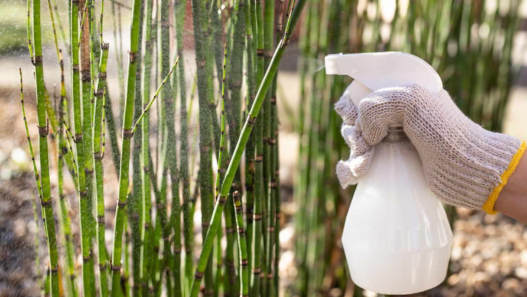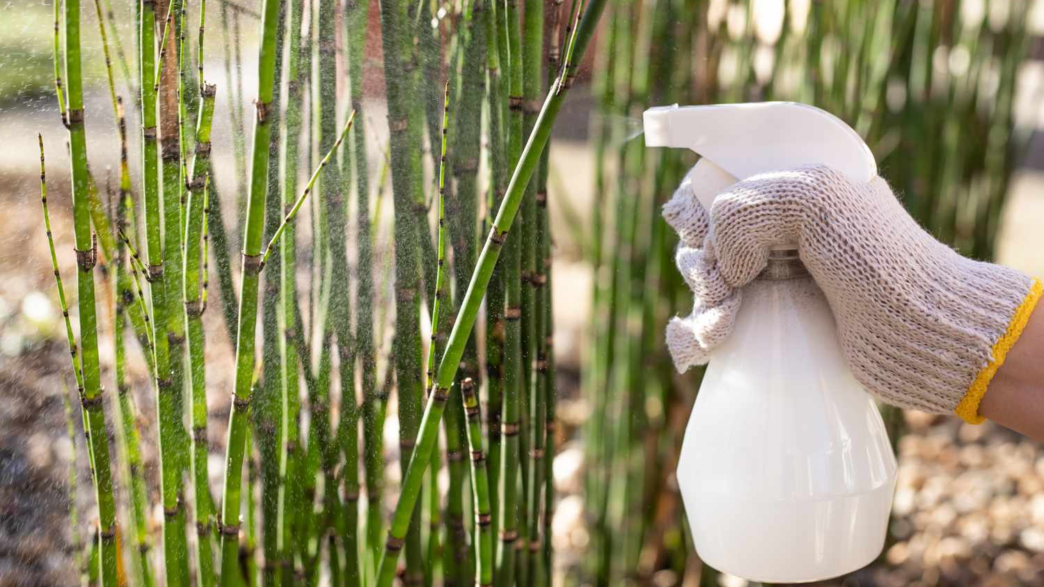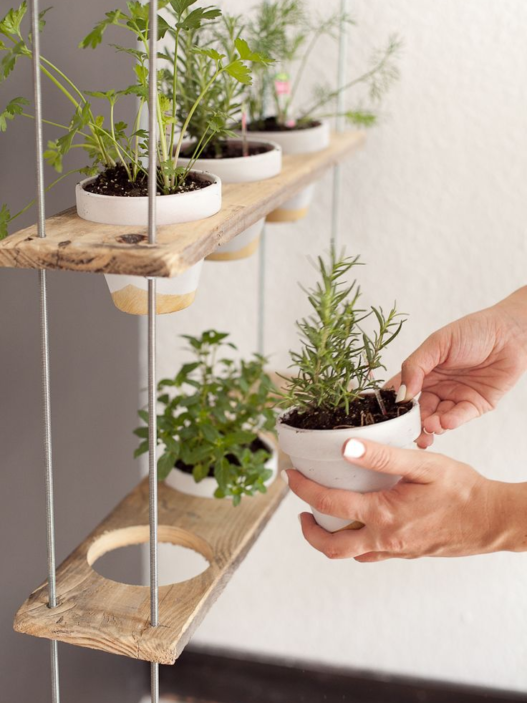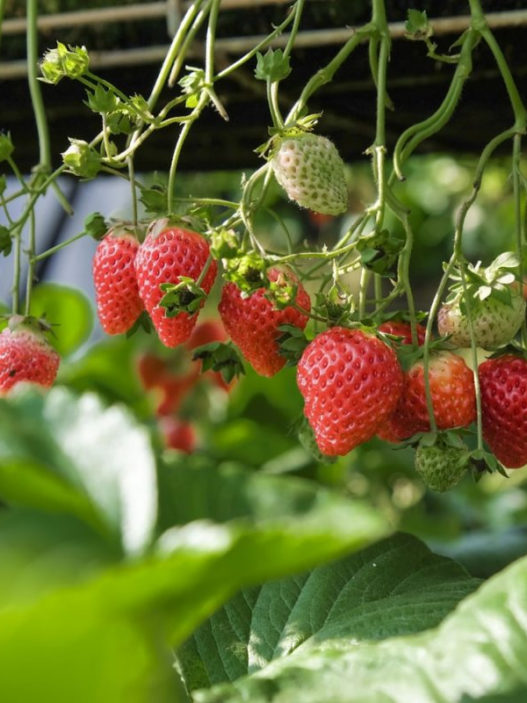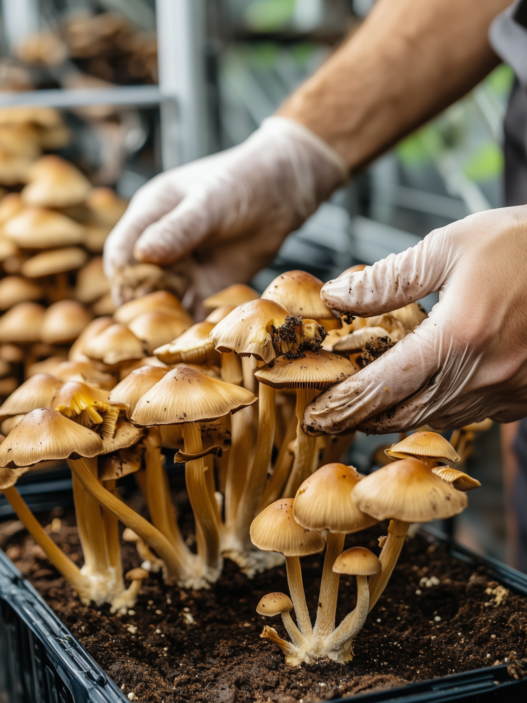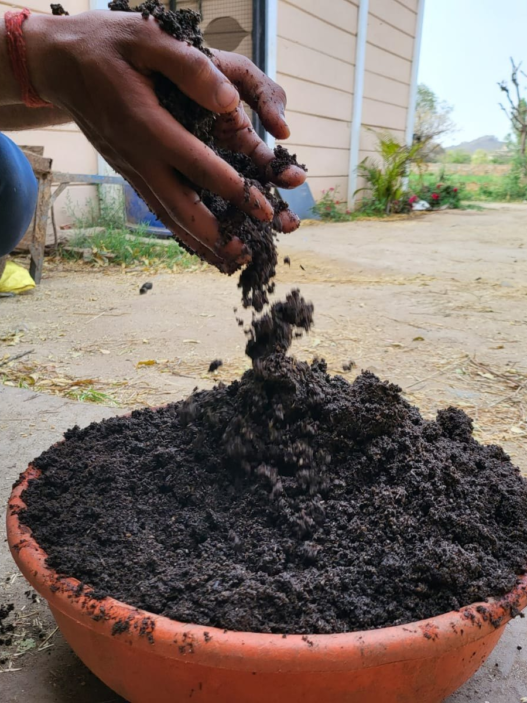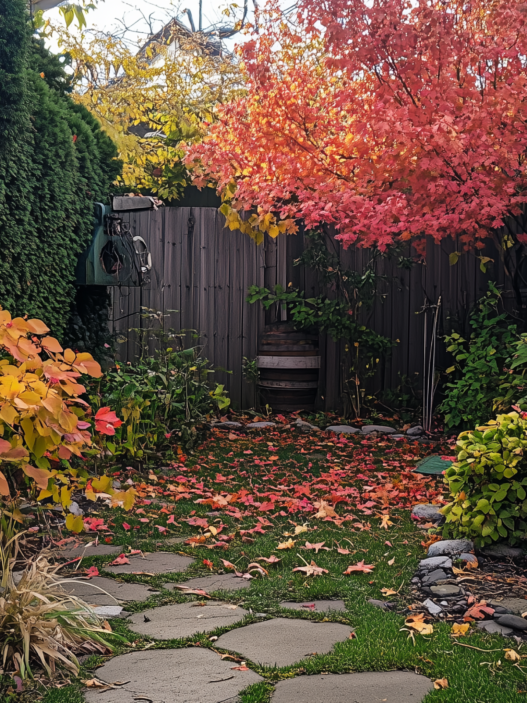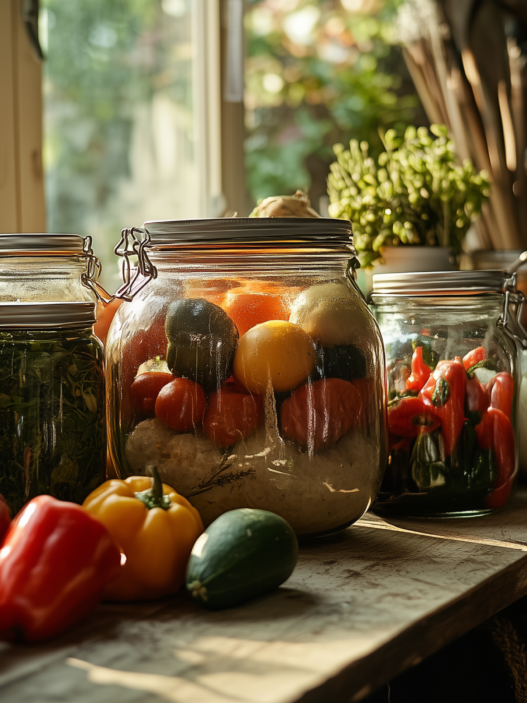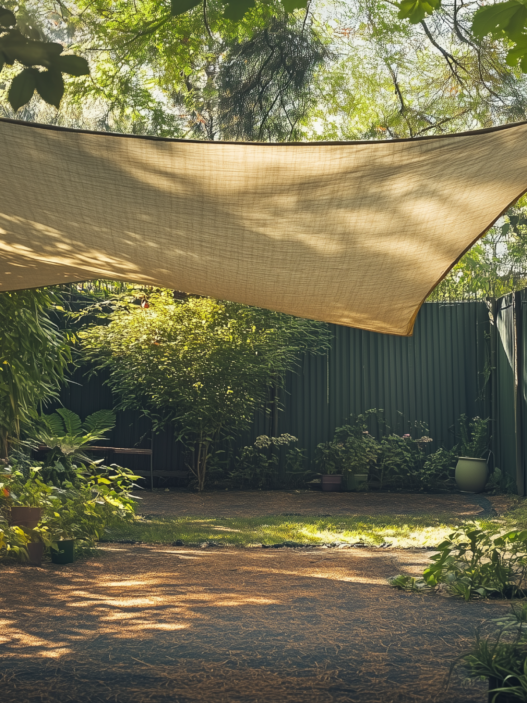If you’re like me, you love seeing your garden flourish with vibrant plants and healthy produce. But, oh boy, when pests decide to take over, it can feel like all your hard work is being undone.
That’s why, in this article, we will discuss natural pest control methods that won’t harm your homestead and, in some cases, will even help its inhabitants grow more harmoniously.
Why Choose Environmentally Friendly Pest Control Methods?
Opting for environmentally friendly pest control methods is not just a trendy choice. It’s a smart and responsible one. By avoiding harmful chemicals, you protect beneficial insects, soil health, and even your own well-being. Plus, it’s a fantastic way to teach kids about sustainable living and the importance of maintaining a healthy ecosystem.
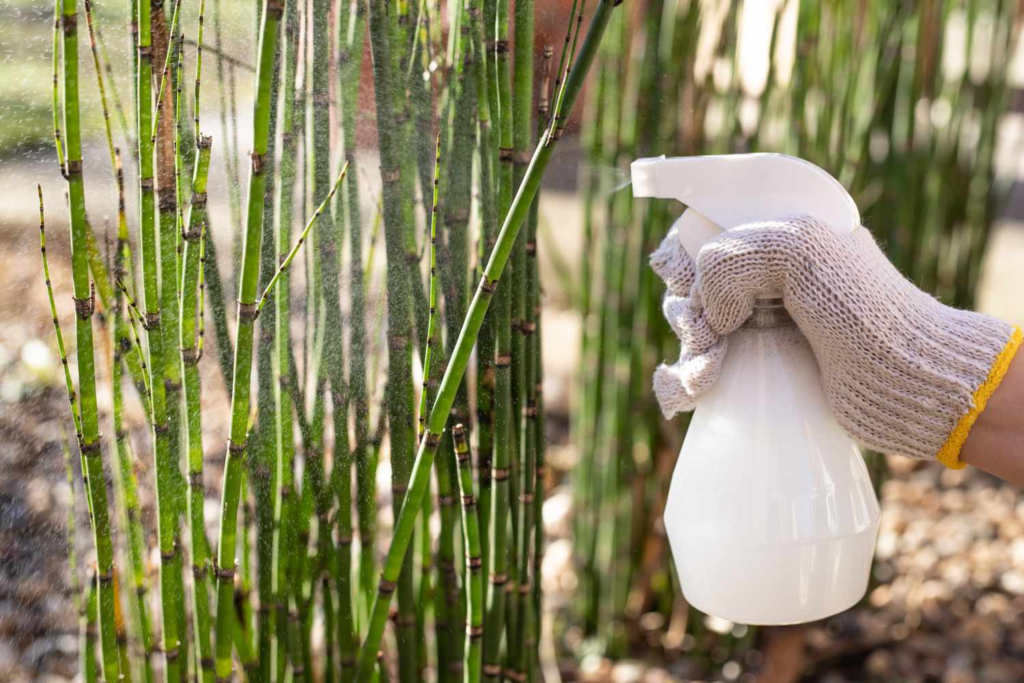
In our household, for example, we have a special garden bed where the children grow what they like. And I am very happy that they don’t have to learn how to use chemicals from a young age. Only what Mother Nature provides.
Advantages of Natural Methods
- Safety for Humans and Pets
Natural pest control methods are non-toxic and safe for everyone in your household. - Preservation of Beneficial Insects
Unlike chemical pesticides, natural methods do not harm pollinators and other helpful insects. - Sustainability
Using natural methods supports long-term soil health and reduces environmental pollution. - Cost-Effectiveness
Many natural pest control solutions use readily available, inexpensive materials.
Story to notice. When we moved to our new home, we dedicated a garden bed for our kids to grow their favorite plants. Initially tempted to use chemical pesticides for pest control, we opted instead for eco-friendly methods like neem oil and garlic-pepper spray, prioritizing the safety of our kids and pets. This decision paid off as our garden flourished with beneficial insects like bees and butterflies, crucial for pollination, and our soil remained healthy without harmful chemicals! For more details, check the detailed document written by Shikha Sharma Agriculture and Forestry University–Cultivating Sustainable Solutions.
Disadvantages of Natural Methods
- Time-Consuming
Natural methods often require more time and effort compared to chemical solutions. - Effectiveness
Some natural methods might not be as immediately effective on severe pest infestations. - Knowledge-Intensive
It requires a good understanding of pests and plants to use natural methods effectively.
Well, we all know – if you want better results, work harder. This perfectly applies to eco-friendly pest control.
Effective Eco-Friendly Pest Control Methods: My TOP-3
1. Companion Planting
Companion planting is a wonderful method where certain plants are grown together to help repel pests and promote growth. For example, planting marigolds alongside tomatoes can deter nematodes and aphids.
Example from my garden: Last year, I planted basil next to my tomatoes and saw a significant reduction in whiteflies. Plus, my tomatoes tasted amazing with the extra basil!
By the way, we have a large number of articles in the Gardening section about which plants repel pests and help their neighbors grow better.
2. Natural Predators
Introducing natural predators, such as ladybugs or predatory nematodes, can help control pest populations. Ladybugs are excellent at keeping aphid populations in check.
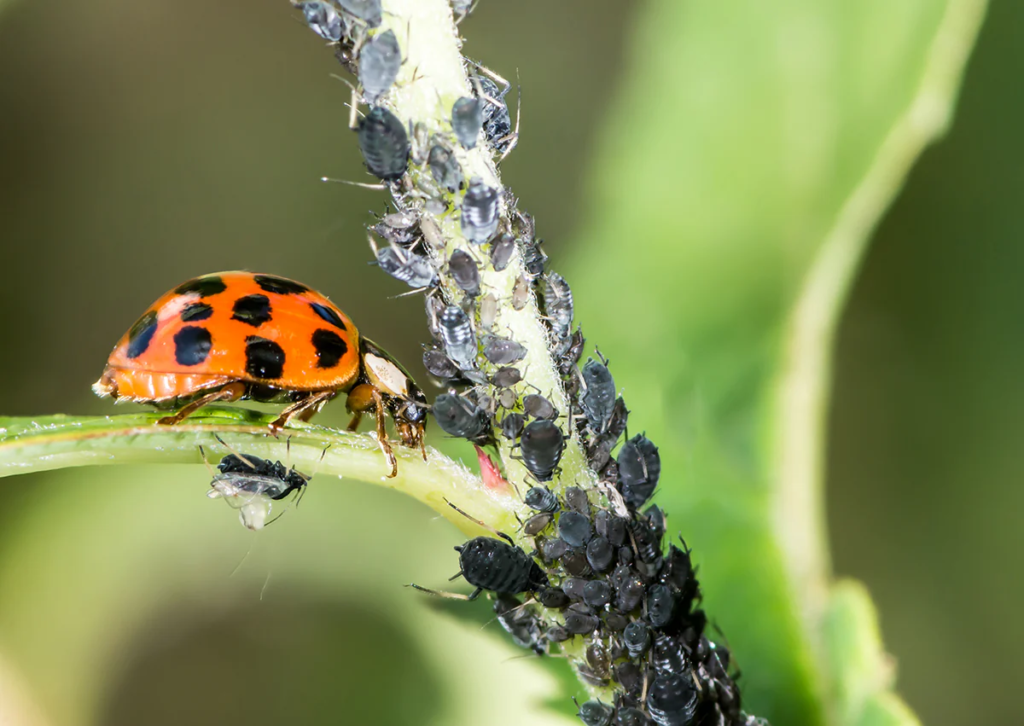
Personal experience
I released a batch of ladybugs in my garden two summers ago, and within weeks, my aphid problem was under control. It was fascinating to watch nature take its course!
For more detailed information, you can refer to the study “Ecological Impacts of Predatory Insects in Pest Management” by Smith et al. outlined in this publication. It shows that for every plot size and condition, there is a suitable predator.
3. Homemade Sprays
Homemade sprays, such as those made from garlic, neem oil, or soap, can be very effective in repelling pests. For instance, a simple mixture of water and dish soap can help get rid of aphids.
Recipe for Garlic Spray (one spray bottle is enough for the whole year!):
- Blend 2 cloves of garlic with a cup of water.
- Strain the mixture and add it to a spray bottle.
- Spray on affected plants to repel pests.
I swear by my homemade neem oil spray. It’s a lifesaver during those intense summer months when pests are most active.
How FIFO Method Helps Me with Pest Control
The FIFO (First In, First Out) method is primarily known for inventory management, but it can be surprisingly effective in pest control! By regularly rotating and using your produce and garden products, you reduce the chances of pests finding a stable food source.
How to Implement FIFO in Gardening:
- Harvest Regularly
Ensure that older produce is used first to prevent it from becoming a breeding ground for pests. - Rotate Crops
Regularly rotate crops to prevent pests from establishing a strong presence.
My Routine as a Reference: every week on Thursdays, I go through my garden and harvest anything that’s ripe. I also rotate my vegetable beds each season to keep pests on their toes.
Michigan State University’s guide on the FIFO system offers great food safety tips. Check it out here.
Additional Eco-Friendly Pest Control Methods You May Want to Use
Diatomaceous Earth
Diatomaceous earth is a natural powder made from fossilized remains of tiny aquatic organisms. It works by dehydrating insects like ants and beetles.
Application
Sprinkle a thin layer around the base of plants or directly on pests. Always wear a mask to avoid inhaling the fine particles.
Success Story
I used diatomaceous earth around my cucumber plants last year, and it significantly reduced the number of beetles munching on my leaves.
Beneficial Nematodes
Beneficial nematodes are microscopic worms that target and kill soil-dwelling pests like grubs and rootworms. They are harmless to humans, pets, and plants.
How to Apply:
- Mix the nematodes with water according to the package instructions.
- Apply to moist soil during early morning or evening.
Crop Rotation
Crop rotation involves changing the types of crops grown in a specific area each season to prevent pest buildup. It’s a cornerstone of organic farming, you know that already.
Steps to Implement Crop Rotation:
- Plan Your Garden Layout
Divide your garden into sections and decide which crops will rotate where. - Rotate Annually
Each year, move your crops to a different section of the garden.
Example: By rotating my tomatoes, beans, and cucumbers, I’ve seen fewer soil-borne diseases and pests. It’s a simple yet effective strategy.
Neem Oil
Neem oil is a powerful natural pesticide derived from the neem tree. It works against a variety of pests including aphids, mites, and whiteflies.
How to Use:
- Mix neem oil with water and a few drops of dish soap.
- Spray on affected plants, ensuring thorough coverage.
Note
Always test on a small area first to ensure there’s no damage to the plant.
My Go-To Solution
Bonide Captain Jack’s 64 oz neem oil has been my go-to for keeping my roses free of aphids. It’s effective and eco-friendly.
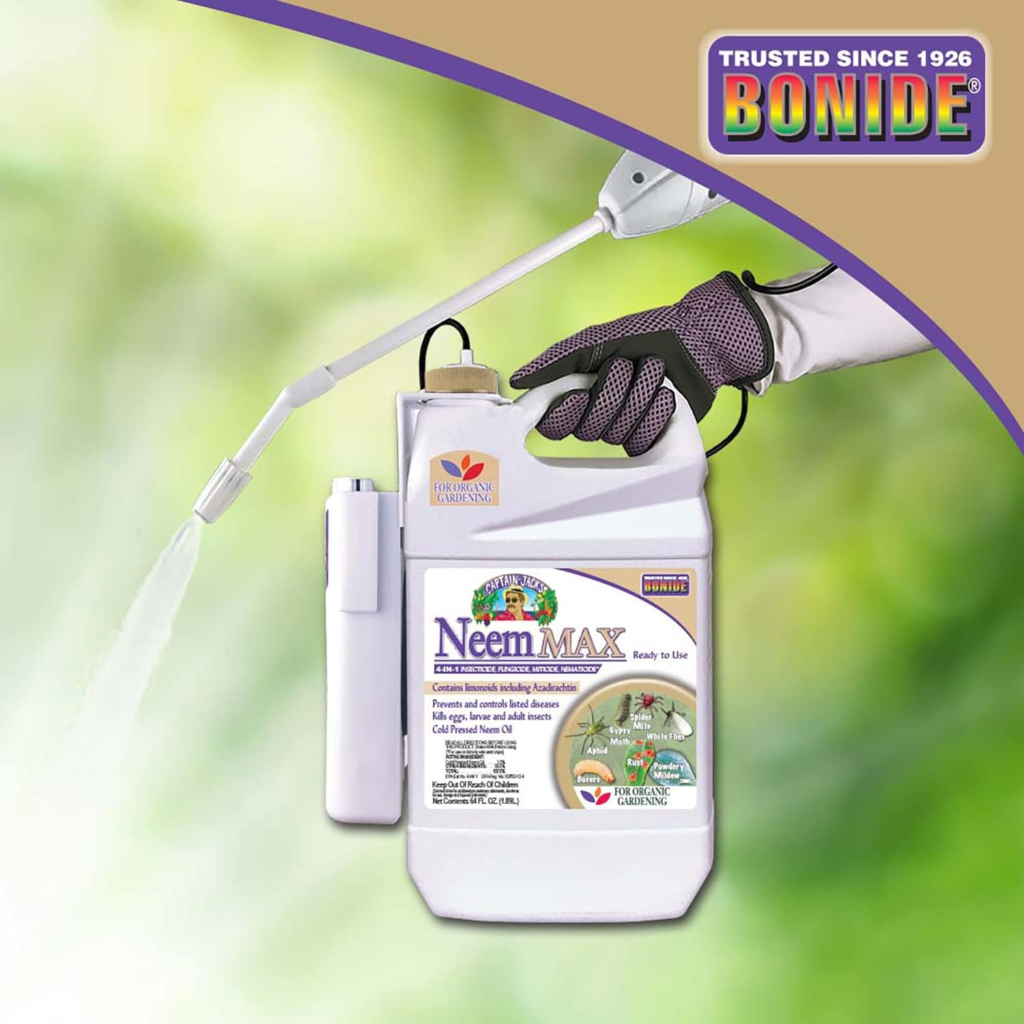
Attracting Birds
Birds can be great allies in pest control. They feed on many common garden pests, including caterpillars, beetles, and aphids.
How to Attract Birds:
- Install Bird Feeders
Provide seeds and nuts to attract a variety of birds. - Create Bird Baths
Fresh water sources encourage birds to visit your garden. - Plant Native Trees and Shrubs
These provide natural habitat and food sources for birds.
Personal Tip
I added a bird feeder and a bird bath to my garden, and now I enjoy the dual benefits of pest control and beautiful bird songs!
Unexpected Tips for Natural Pest Control (Don’t Tell Others!)
- Use Coffee Grounds
Sprinkle used coffee grounds around plants to repel slugs and snails. They also enrich the soil with nitrogen. - Introduce Frogs and Toads
They are voracious eaters of insects. Provide a small pond or a shaded, moist area to attract them. - Apply Baking Soda
A mixture of baking soda and water can be sprayed on plants to prevent fungal diseases like powdery mildew. - Use Essential Oils
Oils like peppermint and eucalyptus can deter pests when mixed with water and sprayed on plants. - Create Sticky Traps
Use yellow sticky traps to catch flying pests such as whiteflies and aphids.
I personally tried using baking soda and can say that it really works! The leaves of some plants became noticeably healthier, and pests no longer swarm around them as they used to. It took me about three weeks of regular spraying with baking soda to see the first results!
